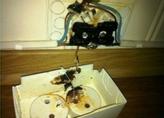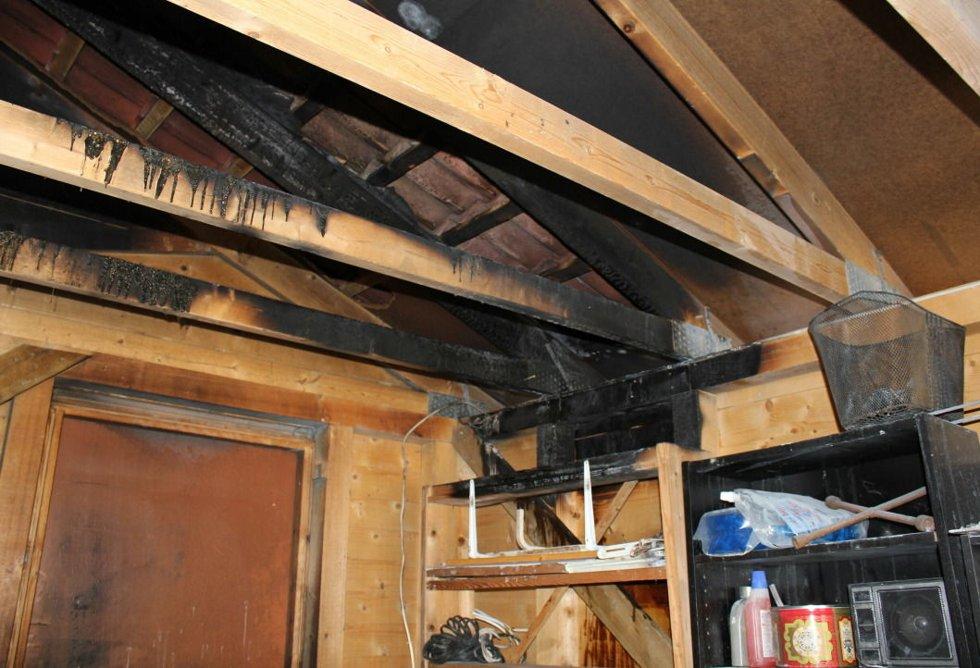The rapid increase in the number of electric cars in Norway is giving more and more car owners a new daily life, with completely new routines. Where previously people used to go to the gas station once a week to fill up, for many now it involves plugging the car into a wall socket in the evening to provide the energy needed for the next day’s drive.
Many electric car customers choose to invest in a charging box specially developed for this purpose. It usually costs from just under NOK 10,000 and up to NOK 20,000. Many people get by even with the usual wall outlet, but not everyone is aware that certain requirements apply for this to be OK. With nearly eight out of ten electric car owners charging their car at home, this is information that is important to be aware of.
The rules have been tightened up
An updated version of the installation industry’s NEK 400 “bible” came out recently and is worth noting for all new and future electric car buyers. In this version of the NEK 400, both the normal and industrial sockets have been removed as an alternative to charging electric cars.
– This only applies to new installations and has no retroactive effect. Therefore, it does not affect the established charging points. The change also does not mean that emergency charging using an existing grounded household outlet is prohibited. If you have access to that contact, which meets the requirements of the previous NEK 400 standard, you can then still use it for what we call emergency charging, for example at the mother-in-law’s home or cabin, says senior consultant Ståle Frydenlund in the Electric Vehicle Association.
Read also: This will make charging electric cars much easier
10 A or less
For charging for a long period of time, such as 10-12 hours or more, special requirements apply to reduce the risk of fire. A socket that has already been used regularly for such charging can therefore still be used, but must have its own path with an earth leakage breaker.
– What do the rules actually say about it? Broom asks the question to Jan Tore Gjøby, NAF advisor for the office.
– For regular charging, for example at home or in the cabin, the socket must be specially prepared for this. For random charging, it can be charged at a rate of 16A, but the charging current should be kept at 10A or less.
(The article continues below the image).
With a high load over a long period of time, there is a danger of overheating. Photo: Infratek
High continuous load
– Most of the emergency charging cables that come with cars allow you to charge up to 10A, but unfortunately charging cables that allow up to 16A are sold, says Gjøby, who reminds you that it’s important to remember that the fuse to be 10 A, which is the requirement in NEK 400, is there to limit excessive current. NEK 400 is a collection of standards for low voltage electrical installations.
– It’s not there to provide 10A of charging. In addition, the cable on the route must be designed for a current greater than 20 percent, as the load is constantly high.
Read also: Charging your electric car isn’t always as easy as filling up with petrol
The extension is NOT allowed
– This also applies to industrial contact – and what is the definition of industrial contact?

It has been hotter here which is good. Photo: Infratek
– 10 A does not apply to industrial sockets, but otherwise we have the same requirements as normal sockets used for charging. That is, it needs a type B earth fault protection, its own course and so on. The industrial contract is defined in NEK EN 60309-2. That means round red and blue contacts, says Jan Tore Gjøby.
– Is it allowed to use an extension cable when charging an electric car?
– No, extension cables are not allowed for regular charging. As this is an occasional or temporary solution, it is obviously difficult to regulate. Most car brands also advise against extension cords in their user manuals.
Applicable charging station
– I also advise against it due to the high permanent current that will flow in the cable, which can cause overheating. There is also the risk of a large voltage drop, which will result in a low voltage on the car, says Gjøby.
– Is there a formal requirement with a separate path with an earth fault switch for charging from a socket?
– Yes, if it is set for regular charging.
– Is there a limit to how long an electric car can be recharged from an outlet if all the above requirements are met?
– No, it’s not, Jan Tore Gjøby says at the end, but adds that the socket is actually not suitable for charging, it is the charging station you should focus on. This is also what is foreseen in the updated NEK 400 standard, where in the future there is a ban on both ordinary sockets and industrial sockets for home charging of electric cars.
The article was first published by broom. no.


